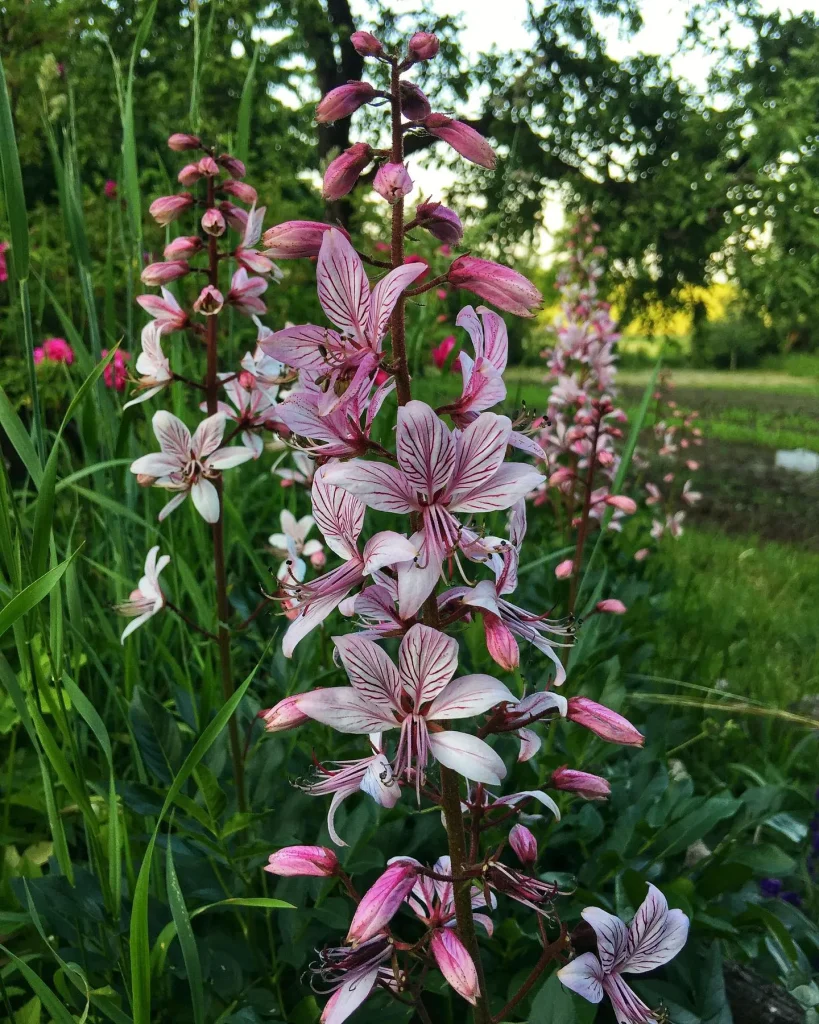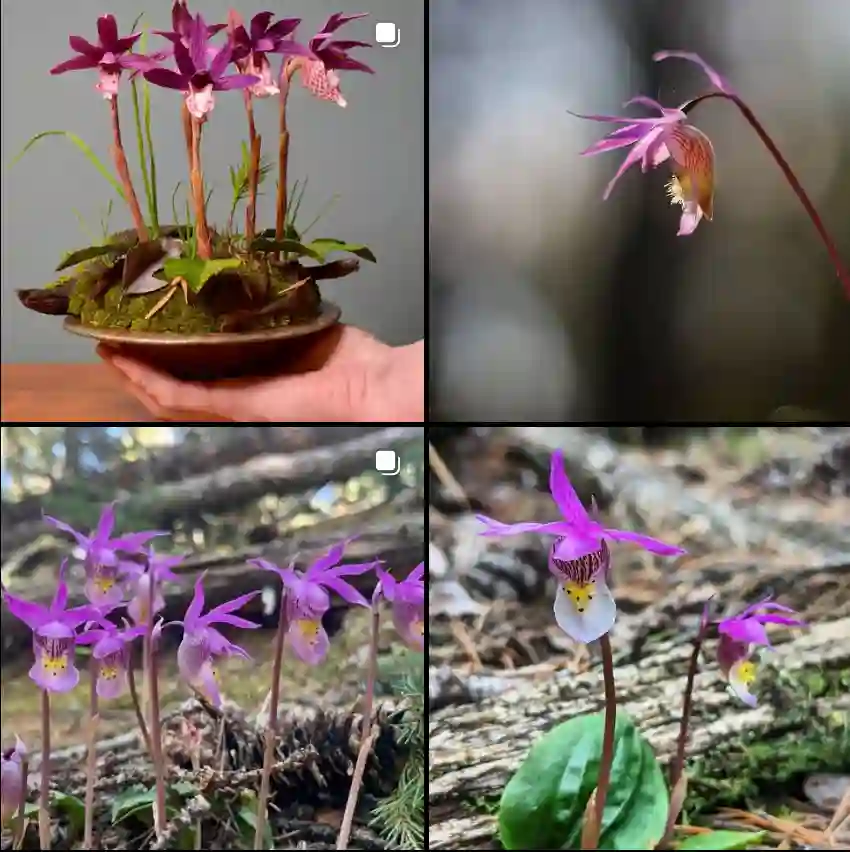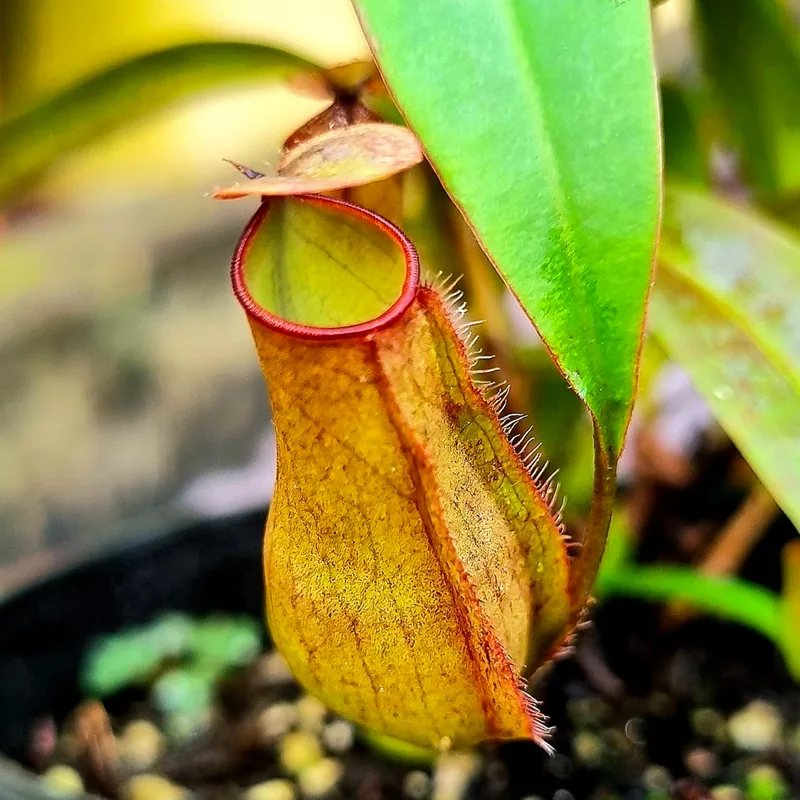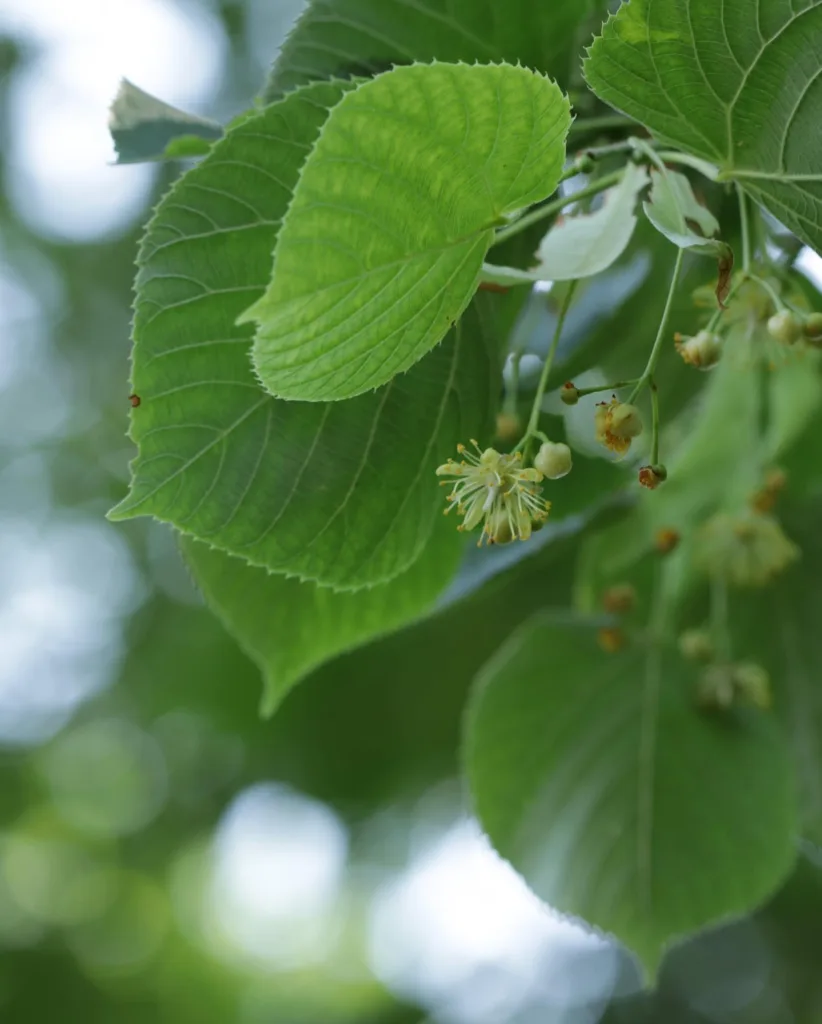Ficus Luschnathiana: Your Guide to the Lush Leafy Giant
Hi, I’m Ferb Vu, and I’m here to answer your questions about the Ficus Luschnathiana, a majestic tree native to South America. This beauty boasts a dense, round crown and can reach impressive heights, making it a captivating addition to any landscape.
Whether you’re a seasoned plant enthusiast or a curious newcomer, this FAQ will equip you with the knowledge to care for your Ficus Luschnathiana.
880 Species in Genus Ficus
What is a Ficus Luschnathiana?
The Ficus Luschnathiana, also known as the Paraguayan Fig or the Sandpaper Fig, belongs to the Moraceae family, sharing kinship with figs and mulberries. This deciduous tree sheds its leaves seasonally, revealing a magnificent, sprawling canopy during the growing months.
Where is the Ficus Luschnathiana native to?
Imagine lush rainforests and sun-drenched savannas – that’s the natural habitat of the Ficus Luschnathiana. It thrives in the warm climates of Argentina, Brazil, Bolivia, Paraguay, and Uruguay.
Ficus Luschnathiana vs. Ficus Benjamina: What’s the Difference?
Both the Ficus Luschnathiana and the Ficus Benjamina (Weeping Fig) are popular houseplants. Here’s a quick breakdown to help you choose:
- Size: Ficus Luschnathiana grows much larger, reaching up to 26 meters outdoors. Ficus Benjamina is a more compact option, typically staying under 3 meters indoors.
- Leaf Shape: Ficus Luschnathiana has broad, elliptical leaves with a sandpapery texture (hence the nickname). Ficus Benjamina boasts glossy, oval-shaped leaves.
- Light Needs: Both prefer bright, indirect sunlight. However, Ficus Luschnathiana can tolerate lower light conditions better.
- Temperature: Both enjoy warm temperatures between 65°F and 80°F (18°C – 27°C).
In short: Ficus Luschnathiana makes a stunning statement piece for spacious areas, while Ficus Benjamina is ideal for smaller spaces.
Can I grow a Ficus Luschnathiana indoors?
Technically, yes. But due to its large size potential, it’s best suited for conservatories, atriums, or very large rooms with high ceilings.
Here’s what to consider:
- Light: Provide ample, bright indirect sunlight. South-facing windows are ideal in the Northern Hemisphere, while north-facing windows are better in the Southern Hemisphere.
- Potting: Choose a sturdy pot with good drainage holes to prevent root rot. Repot every 2-3 years as the plant grows.
- Watering: Water deeply when the top inch of soil feels dry. Avoid overwatering, which can lead to root problems.
- Humidity: Ficus Luschnathiana thrives in humid environments. Regularly mist the leaves or use a pebble tray filled with water to increase humidity around the plant.
Remember: Even with proper care, a Ficus Luschnathiana might eventually outgrow your indoor space.
How do I care for a Ficus Luschnathiana outdoors?
If you live in a warm climate with ample space, your Ficus Luschnathiana will flourish outdoors. Here’s what you need to know:
- Planting: Choose a well-draining location with full sun to partial shade. Amend the soil with organic matter for better drainage and nutrient retention.
- Watering: Water deeply during the first year to establish the root system. Once mature, water regularly during dry spells but allow the soil to dry slightly between waterings.
- Fertilizing: Feed your Ficus Luschnathiana a balanced fertilizer once a month during the growing season (spring and summer).
- Pruning: Prune lightly to maintain shape and remove dead or diseased branches. Wear gloves when pruning, as the sap can be mildly irritating.
Bonus Tip: Ficus Luschnathiana attracts pollinators like bees and wasps. These beneficial insects help with fruit production in some cases.
Does the Ficus Luschnathiana produce fruit?
Yes, under ideal conditions, mature Ficus Luschnathiana trees can produce small, inedible figs. These figs are a food source for birds and other wildlife.
Are there any common problems with Ficus Luschnathiana?
While generally a resilient plant, Ficus Luschnathiana can face a few challenges:
- Leaf drop: This can be caused by underwatering, overwatering, lack of light, or temperature fluctuations. Adjust your care routine accordingly.
- Mealybugs and scale: These sap-sucking insects can weaken the plant. Treat infestations with insecticidal soap or neem oil spray.
- Fungal diseases: Fungal diseases can occur due to overwatering or poor drainage. Ensure proper drainage and avoid wetting the leaves. Treat with fungicide if necessary.
How is the Ficus Luschnathiana different from a Ficus Microcarpa (Indian Laurel Fig)?
Both the Ficus Luschnathiana and the Ficus Microcarpa are popular landscape trees. Here’s a quick comparison:
- Growth habit: Ficus Luschnathiana has a broader, more rounded crown, while Ficus Microcarpa has a more upright, columnar growth habit.
- Leaf size: Ficus Luschnathiana boasts larger, more elliptical leaves with a rough texture. Ficus Microcarpa has smaller, obovate leaves with a smooth texture.
- Cold tolerance: Ficus Luschnathiana is less tolerant of cold temperatures than Ficus Microcarpa.
In essence: Ficus Luschnathiana is ideal for warm climates and offers a wider canopy, while Ficus Microcarpa is a more cold-tolerant option with a more formal growth pattern.
Is the Ficus Luschnathiana toxic?
Yes, the Ficus Luschnathiana contains a sap that can be mildly irritating to the skin and eyes. It’s also best to keep the plant out of reach of pets and children, as ingesting any part of the plant can cause stomach upset.
Where can I buy a Ficus Luschnathiana?
You can find Ficus Luschnathiana at many online retailers and garden centers. Look for a reputable seller that offers healthy, established plants.
Final Thoughts:
The Ficus Luschnathiana is a magnificent tree with undeniable charm. With proper care and ample space, it can become a treasured centerpiece in your home or landscape. By following the tips in this FAQ, you can ensure your Ficus Luschnathiana thrives for years to come. Remember, I’m always here to answer any further questions you might have about this captivating plant.
If i die, water my plants!



